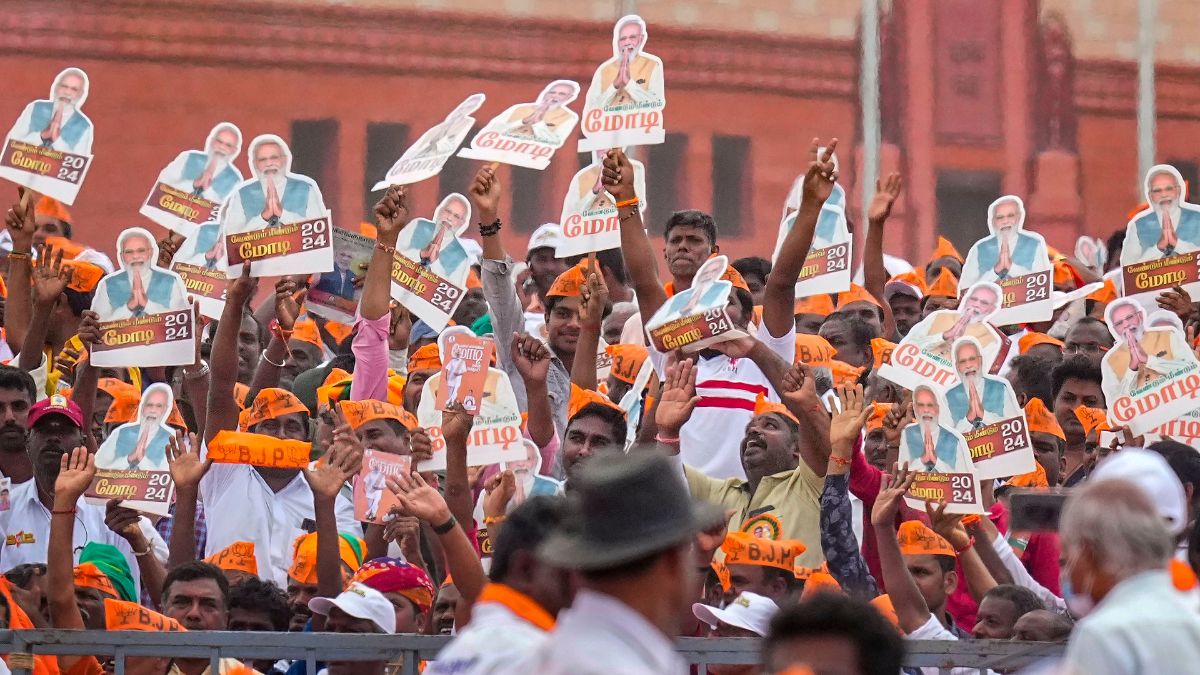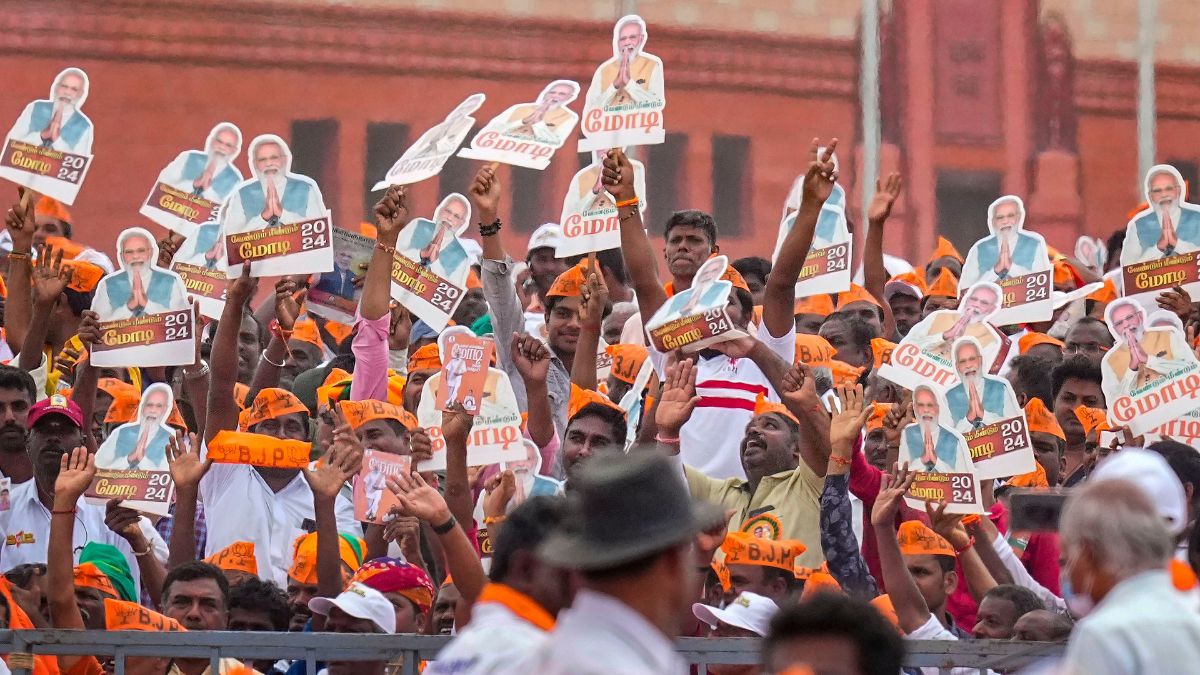The coronavirus outbreak hasn’t just changed the way people live their lives in India and around the world, but has also affected media usage.
Since India went into lockdown on 24 March, it seems more and more of the public are turning to social media to consume news and communicate with their friends and loved ones. The first week of the lockdown saw citizens spend more than four hours a day on social media — an 87 percent increase compared to the previous week, as per a poll conducted by Hammerkopf Consumer Survey.
The poll conducted on 28 March with 1,300 respondents in New Delhi, Mumbai, Bengaluru and Chennai found that 75 percent of people spent more time on Facebook, WhatsApp and Twitter compared to the previous week, largely to consume news and remain in touch, and that social media usage jumped from 150 minutes per day prior to the lockdown to 280 minutes a day during that first week.
General news sites gain
Comscore , an American media measurement and analytics company, examining the impact of the lockdown on digital content consumption in India, after the first week of lockdown, noted that while traffic to websites and mobile apps in the “general news” category was increasing since news of the pandemic broke, the second half on March 2020 saw the flow of traffic increase by leaps and bounds.
The first week of lockdown saw an increase of of visits to such sites by 17 percent compared to the previous week and a whopping 89 percent compared to six weeks prior.
Google Trends paints a picture
Google Trends gives us an insight into the public’s interest in the coronavirus before and and during the ongoing lockdown. Examining its popularity both as a term and a topic from 17 March, a week prior to the lockdown, to today shows that the term coronavirus saw its highest level of search traffic (indicated by the score 100) on 27 March — four days into the lockdown — and has since been on a steady decline.
On the other hand, the interest in the search term “coronavirus cure” spiked on 19 March and peaked on 23 March, the day after the “Janta curfew” called by Prime Minister Narendra Modi and the day before the lockdown came into effect.
Twitter gets #coronavirus fever
Twitter has had #coronavirus fever for nearly a month now. On 12 March, the day the first coronavirus death was reported in India, the #CoronavirusPandemic reached the top spot on Twitter at 7 pm. On 14 March, the day India reported the second death due to COVID-19 in Delhi, #CoronaVirusUpdates and #COVID-19 took the top and third spot respectively.
On 15 March, the day India crossed 100 confirmed coronavirus cases, #CoronaIndia took pole position from 6 am to 1 pm only to be replaced by #SAARCfightsCorona.
On 5 April, when Indians across the country answered Prime Minister Narendra Modi’s call for solidarity by lighting diyas and candles at 9 pm for 9 minutes, the #9बजे9मिनट held the top position for 8 hours . On 6 April, news of India’s COVID-19 toll crossing the 100 mark gave rise to the #ExtendTheLockdown.
Consumption at home
A global survey conducted in March 2020 in Italy, France, Spain, Germany, China, Japan and the United States among other nations showed that worldwide, 67 percent of respondents watched more news coverage and just 45 percent of those polled said they spent more time on WhatsApp and Facebook.
Whilst 60 percent of Italians were spending longer on messaging services, in Japan the same was true for only eight percent of respondents, and survey participants from China and the Philippines were by far the most likely to be spending more time on music streaming services, as per the survey.
Interestingly, although at least 50 percent of respondents in most countries said that they were watching more news coverage, figures for Australia and the United States were lower, amounting to just 42 and 43 percent respectively. Australians were also the least likely to be reading more newspapers; just five percent of consumers said that they were doing so compared to the global total of 14 percent.
Journalists laser focussed, readers engaged
As per Chartbeat.com , the coronavirus pandemic is receiving unprecedented attention from journalists around the world — 1.3 million articles thus far — and audience engagement is similarly off the charts. Audiences are engaging with the media in ways we have not seen before, writes Jill Nicholson for the website.
As per their research spanning 26 million articles, the news items about the coronavirus began being published at an increasing pace around 9 March. On 18 March, 121 percent more articles were published regarding COVID-19 than on 9 March. As of the week of 16 March, coronavirus pieces received a third of all page views (a 44 percent increase compared to the previous week) and accounted for 35 percent of the total engaged time, up an incredible 118 percent from the previous week.
The average engaged time on COVID-19 pieces is just below 40 seconds, as per Chartbeat. This is important because 45 percent of all readers usually leave an article within the first 15 seconds and 60 percent of those readers are unlikely to return. Thus keeping the readers engaged past the 15-second mark is critical.


)




)
)
)
)
)
)
)
)